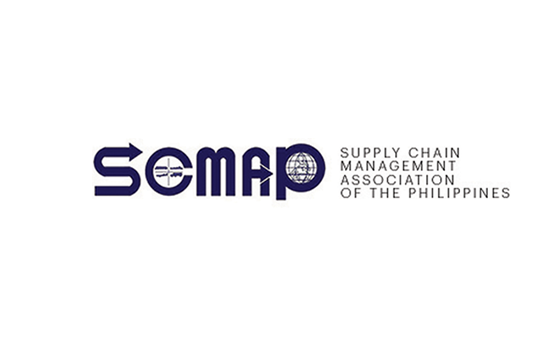HONG KONG—It’s been a year since I renewed my driver’s license, and like most of you, I still have yet to get my card. Until I get it, I’ll always have this tinge of discomfort knowing I only have a receipt to get me by. Occasionally, I check on my nearest LTO office to see if my card is now available. No luck, every single time.
Last week I noticed a new sign up on the window. “Good news!” it said. “Your license is now valid for five years. Bad news, we are currently experiencing delays in releasing your license, because of a backlog of applications, and because of slow Internet connection.”
How can a government agency fumble in one of its primary tasks, and inconvenience virtually the country’s entire driving population? As a supply chain stakeholder, I think, “where’s the gap in the chain?” But then, many have discussed the backlog.
What got my attention was the second reason: slow Internet. Ah, similarly familiar and frustrating.
The government has been keen on streamlining processes by moving things towards the Internet, either entire processes or, more likely, parts of it. In some cases, it works. You can order copies of your birth certificates online without having to fall in line at the NSO or your local civil registrar, for example. It’s a scenario where the system works.
For others, well, the system doesn’t work so well. Sometimes the process flow is badly designed: you may be able to get your forms online, but you’ll still have to process them in person—and sometimes you may be asked to reenter your information. In other cases the bureaucracy can only do so much with the limitations of the technology available to them. One may embrace the Internet fully, but with servers often down, connections slower than a turtle, and employees not really sure what to do, well, what’s the point?
The limitations of our current information infrastructure are also affecting the private sector. Many have called the Internet the great equalizer but we can’t really take advantage of the opportunities it offers. We have more people going online to do business—to sell products, or services, in the case of the growing freelancer industry and the reliable BPOs —but the aforementioned limitations mean customers don’t get the service levels they demand. “Arigato, Internet!” becomes “hay naku, Internet!”
And we’re being left behind, again. I am writing this column from Hong Kong, where efforts towards greater connectivity have born fruit, from streamlined bureaucracy to easy connectivity. The city’s mature cashless economy model is one proof of that. But that’s for a future column.
It may be difficult for us to keep up now, but if we fall further behind, the Philippines will not be competitive with the rest of the region. We will be bypassed in favor of other countries whose developed information infrastructure will allow for more secure and convenient methods, and thus, more satisfactory service.
Yes, we’re catching up, and the emphasis of the Duterte administration on physical infrastructure to address bottlenecks in our supply chains is worth applauding. But that takes time. The infrastructure we truly need is on the virtual side: a faster, stronger, more resilient network bringing our islands closer through information. For us in supply chain, this means even better transparency and accountability across our networks. For everybody else, it’s not just faster download speeds, but a maturity of our consumption models.
Yes, this takes time, too, but it’s not as if there aren’t efforts. The country’s telecom duopoly are exerting efforts to improve their services, but still we have expensive and unreliable Internet. Perhaps a nudge from the government is needed?
The government is collaborating with Facebook for the construction of two cable landing sites as part of new network infrastructure in Luzon. President Rodrigo Duterte has even hinted at inviting Chinese companies to become the third player in our telecom industry. And then there’s the new National Broadband Plan, looking to jumpstart not just infrastructure investment but technology literacy. But the Department of Information and Communication Technology’s birth pains are dragging on, and it seems it might not be able to do anything in the coming years. And so we wait.
Henrik Batallones is the marketing and communications executive of SCMAP. A former board director, he is also editor-in-chief of the organization’s official publication, Supply Chain Philippines. More information about SCMAP is available at scmap.org.





